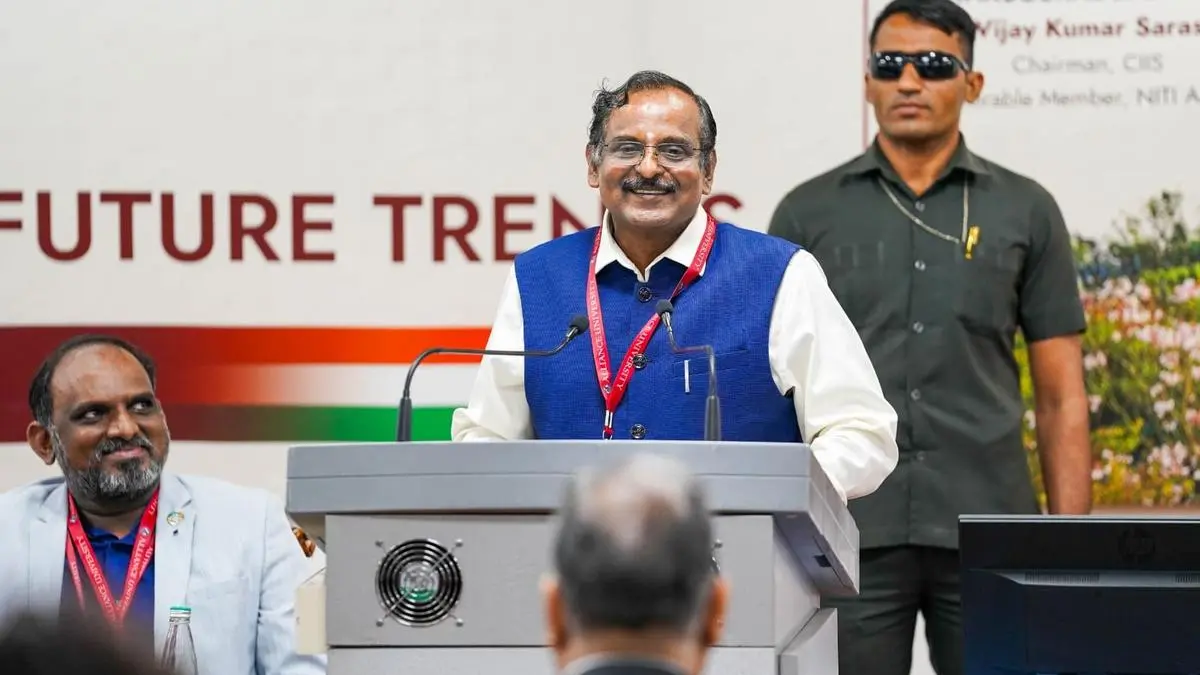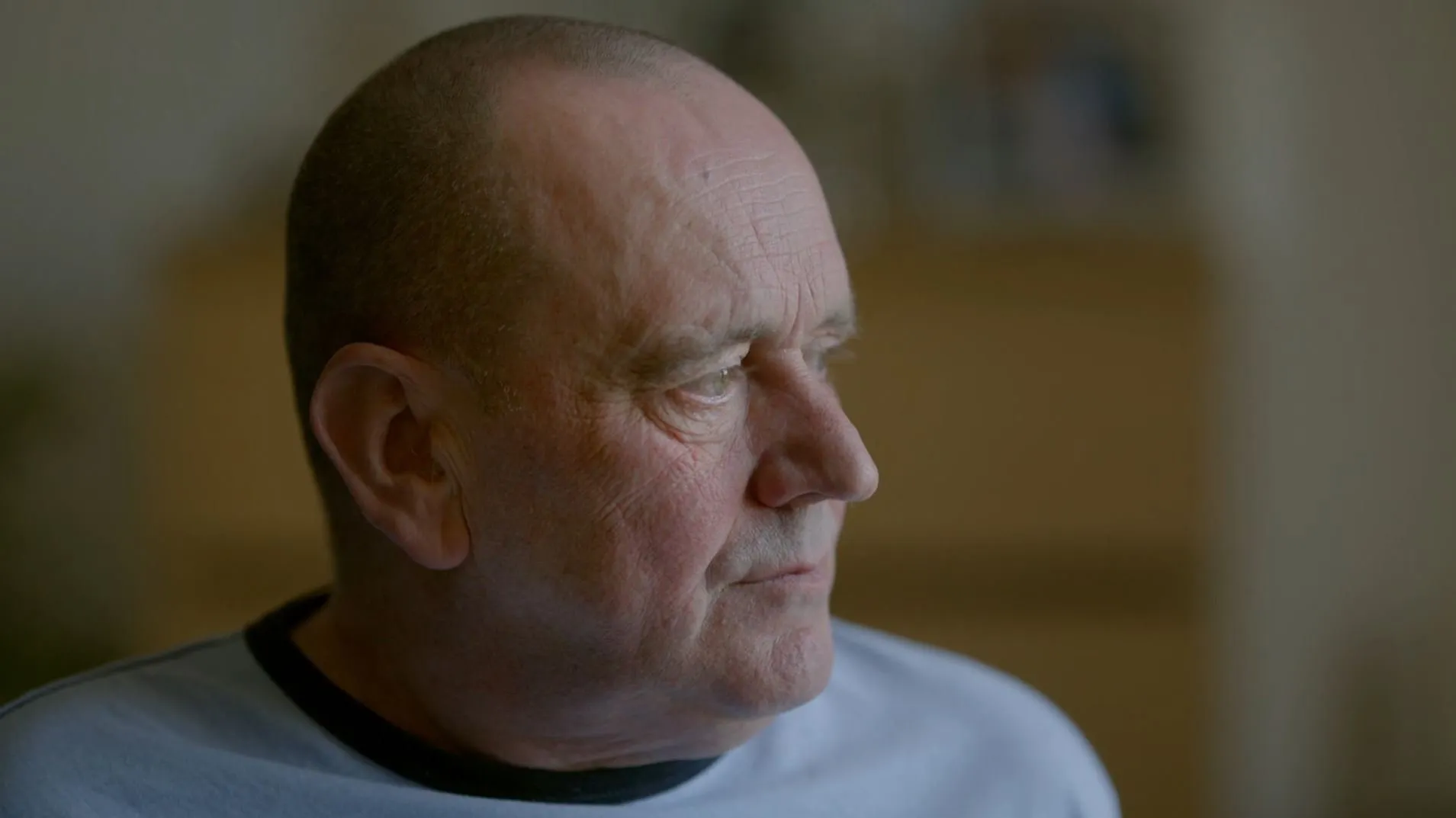By Our Bureau
Copyright thehindubusinessline

Hydrogen remains key in many of Indian Space Research Organisation’s (ISRO) breakthroughs, and is expected to play a transformative role in India’s space missions and transportation, said ISRO Chairman Dr V Narayanan, addressing a national workshop on “Hydrogen Fuel Technologies and Future Trends” held at Alliance University in Bengaluru on Friday.
His remarks came shortly after he confirmed ISRO’s first uncrewed Gaganyaan mission in December 2025, carrying a half-humanoid robot, Vyommitra, instead of a human crew.
Narayanan underlined hydrogen’s central role in India’s space journey and its potential to power a cleaner energy future.
He pointed to ISRO’s 100th mission in January, the GSLV Mk III, powered by a cryogenic stage using liquid hydrogen and oxygen. He also cited the NASA-ISRO NISAR satellite launch as proof of how far the programme has advanced since its first small rocket in 1963.
But hydrogen, he stressed, is more than just rocket fuel.
“Beyond space, hydrogen has applications in aircraft, trains, automobiles and fuel cells,” he said, recalling ISRO’s 2010-11 collaboration with Tata Motors to build a hydrogen-powered bus.
In June this year, five such buses began commercial operations, while companies such as BHEL and NTPC are developing hydrogen systems and turbine engines.
Hydrogen economy
Other speakers, including Dr N Kalaiselvi, Director General of CSIR, and Dr V K Saraswat, NITI Aayog member and CIIS Chairman, called for faster progress towards a hydrogen economy.
Saraswat highlighted the need for breakthroughs in electrolysers, storage and fuel cells, while pointing to methanol’s potential as a hydrogen carrier for heavy-duty transport and marine sectors.
“India must accelerate its journey towards a hydrogen economy if we are to achieve our net-zero ambitions,” he said.
The workshop, attended by over 150 participants from academia, industry, and research institutions, underlined hydrogen’s growing role in India’s transition towards a net-zero economy.
Published on September 19, 2025



